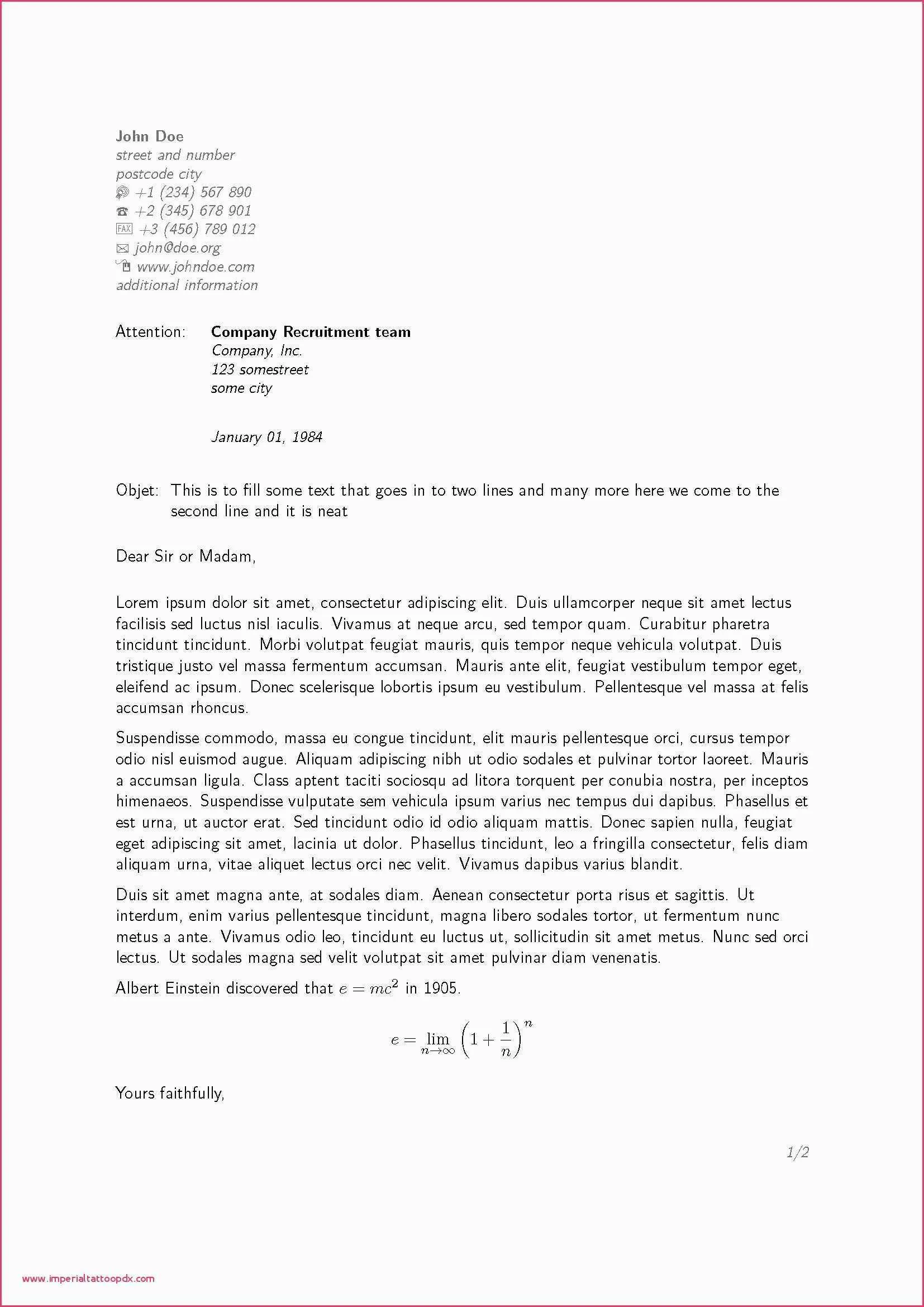Why Cover Letters Still Matter
In today’s competitive job market, a well-crafted cover letter can be the key to unlocking your dream job. Despite the rise of online applications and resume submissions, a cover letter remains a crucial element of your application package. It serves as your initial introduction to the hiring manager, providing an opportunity to showcase your personality, enthusiasm, and suitability for the role. A compelling cover letter goes beyond simply reiterating your resume; it tells a story, highlights your accomplishments, and demonstrates your genuine interest in the company and the specific position. By taking the time to craft a personalized cover letter, you set yourself apart from the countless applicants who may submit generic or incomplete applications. This proactive approach significantly increases your chances of making a positive first impression and ultimately securing an interview.
What is a Cover Letter
A cover letter is a one-page document you send alongside your resume when applying for a job. It acts as your personal introduction and allows you to elaborate on your qualifications, skills, and experiences in a more detailed manner. Unlike a resume, which is primarily a list of your achievements and work history, a cover letter allows you to express your enthusiasm for the position, explain why you’re a great fit for the company, and highlight specific accomplishments that align with the job requirements. It should demonstrate your understanding of the company’s needs and showcase your personality and communication skills. The purpose of the cover letter is to grab the hiring manager’s attention, persuade them to read your resume, and ultimately, invite you for an interview. Therefore, it’s important that a cover letter is personalized, well-written, and tailored to each specific job application.
The Importance of a Great Greeting
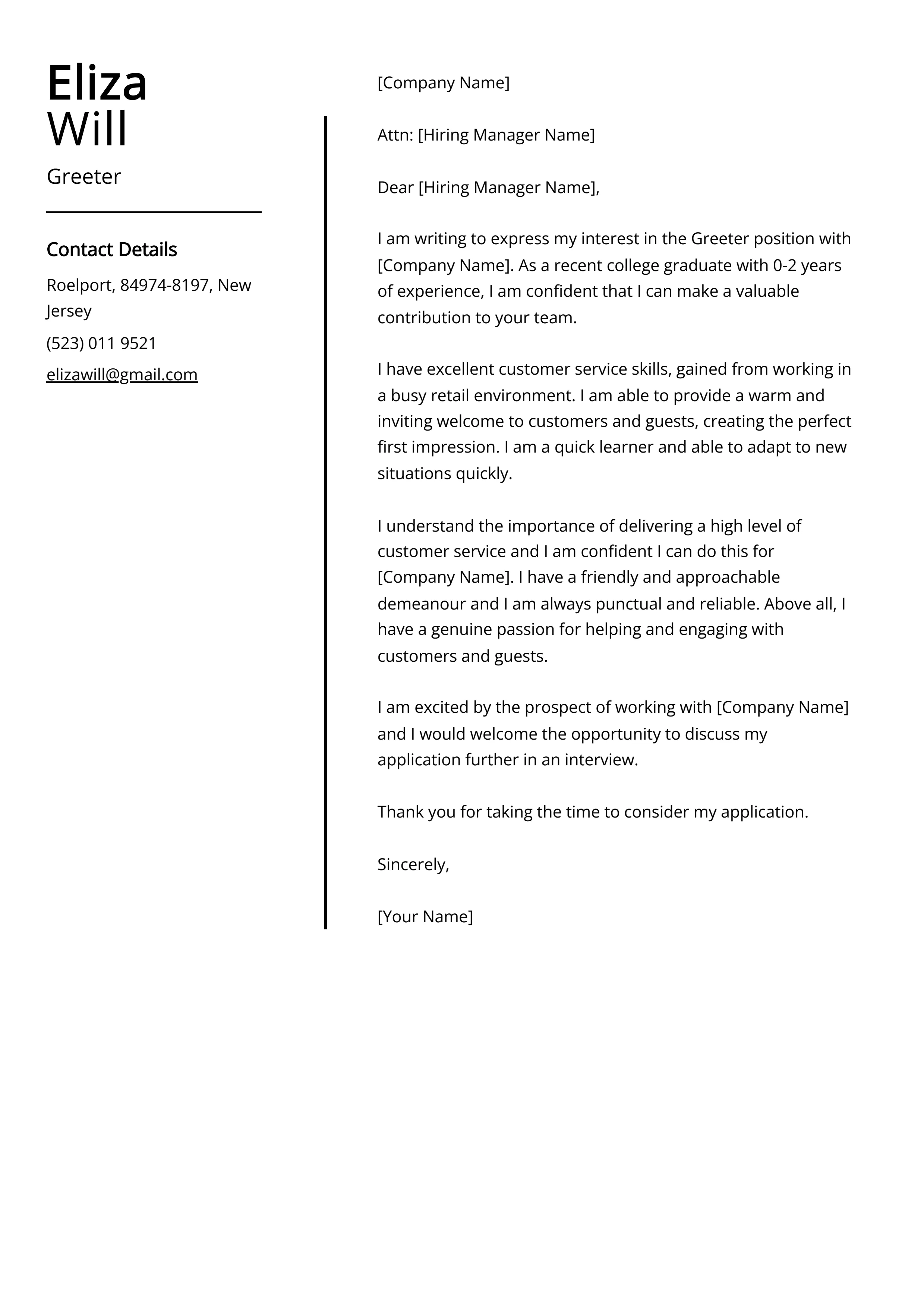
The greeting, or salutation, in your cover letter is the very first impression you make on a potential employer. It sets the tone for the entire letter and significantly impacts how your application is perceived. A well-chosen greeting demonstrates professionalism, attention to detail, and a genuine interest in the opportunity. Conversely, a generic or incorrect greeting can instantly signal a lack of effort or attention to detail, potentially leading to your application being overlooked. In a highly competitive job market, every element of your cover letter matters, and the greeting is the gateway to capturing the hiring manager’s attention. It establishes a connection, shows respect, and encourages the reader to continue reading. Mastering the art of the perfect greeting is an essential step toward landing an interview.
Best Cover Letter Greetings
Choosing the right greeting depends on your knowledge of the hiring manager and the company’s culture. The most effective greetings are personalized and demonstrate that you’ve done your research. Avoid generic greetings like “To Whom It May Concern” or “Dear Sir/Madam,” which suggest a lack of effort and research. Aim for a greeting that addresses a specific person or department. Here are some effective greeting options, depending on the situation. Knowing the right tone helps to create a good first impression. Using the correct greeting is vital, and it starts you on the right foot when applying for a role.
Formal Greetings
For formal settings or when you’re addressing a senior executive, a formal greeting is appropriate. Use “Dear Mr./Ms./Dr. [Last Name],” This format is polite and shows respect for the recipient’s title and position. Ensure you have the correct spelling and title for the individual. If you’re unsure of the gender, using the full name without a title can be a safe alternative. For example, “Dear Alex Johnson.” Always maintain a professional tone throughout the letter. Double-check your spelling and the correct punctuation to make a positive impact. Proper etiquette matters in professional communications, and a formal greeting sets a respectful and serious tone.
Informal Greetings
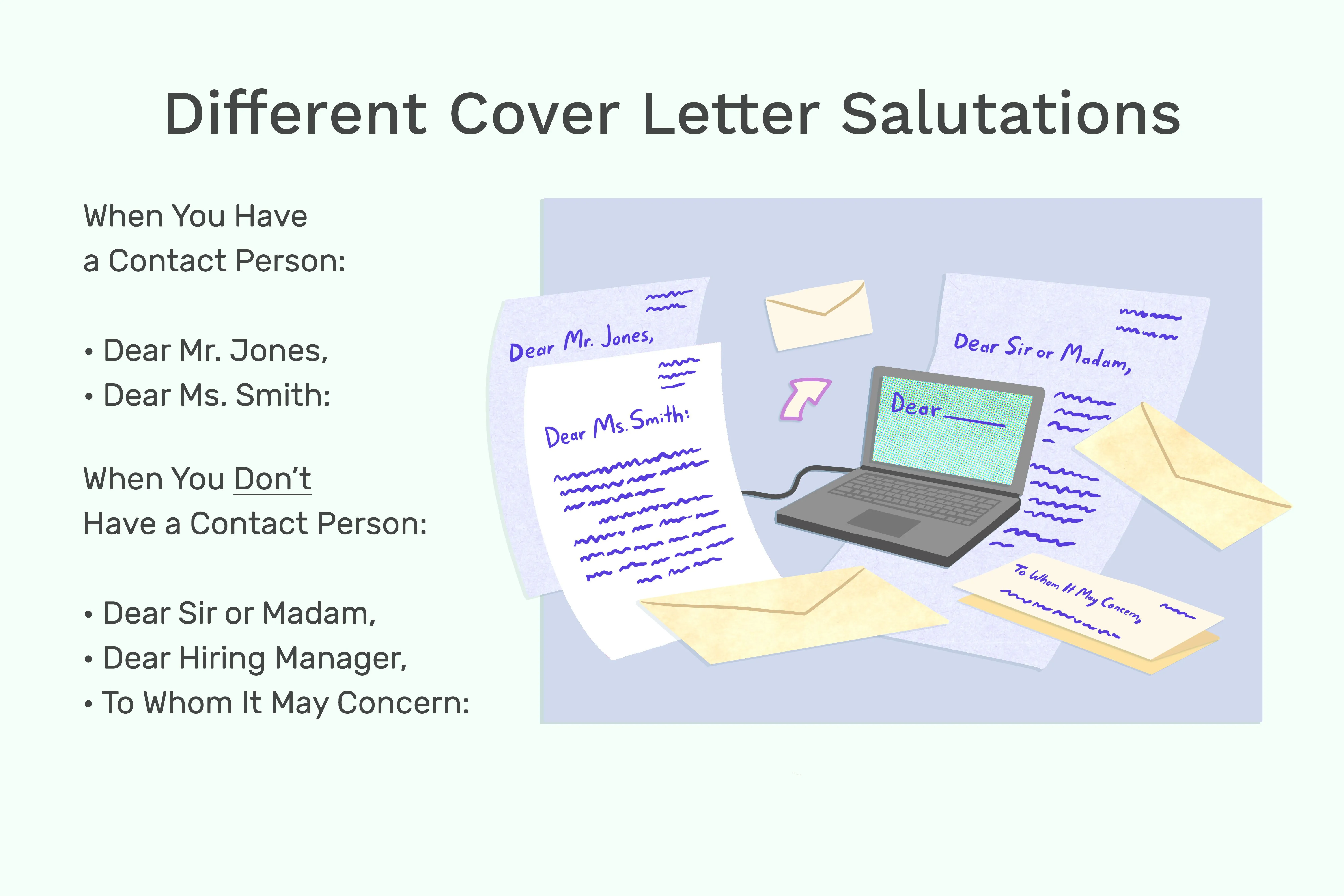
If you know the hiring manager’s name and are familiar with the company culture, an informal greeting may be appropriate. Options include “Dear [First Name],” which is friendly and approachable. For more casual environments, you might use “Hi [First Name],” but always gauge the company’s tone before using such greetings. Research the company’s website, LinkedIn profiles, and social media to understand their communication style. When in doubt, it’s always best to err on the side of formality. An informal greeting, when used appropriately, can establish a more personal connection and demonstrate your understanding of the company’s culture.
How to Address a Cover Letter When You Don’t Know the Hiring Manager’s Name
It is very common not to know the name of the hiring manager. In these situations, it is best to be as specific as possible while still maintaining a professional tone. Avoid “To Whom It May Concern” at all costs. Instead, try “Dear Hiring Manager,” which is a general but acceptable alternative. You can also address the department, for example, “Dear Human Resources Department.” Research the company’s website and LinkedIn profiles to find any contact information. Sometimes, you can find the hiring manager’s name on the job posting. If the job posting is associated with a specific project, you may use “Dear [Project Name] Team." Always ensure your greeting is respectful and shows you’ve made an effort to learn more about the company.
Researching the Hiring Manager
Before writing your cover letter, invest time in researching the hiring manager. Finding the correct name adds a personal touch that shows initiative and a genuine interest in the opportunity. This research phase can significantly improve your chances of getting noticed. Knowing the name and title allows you to use a personalized greeting, which shows that you have put in the effort and sets you apart. Use online resources like LinkedIn and the company’s website to find the hiring manager’s name, title, and any relevant information. This extra step demonstrates that you are serious about the position and have taken the time to learn about the people involved. A personalized approach can be a game-changer.
Using LinkedIn to Find the Hiring Manager

LinkedIn is an invaluable tool for job seekers. Use it to find the hiring manager by searching the company name and job title. Most companies have active LinkedIn profiles, and you can often find the contact person for the role. Look for the recruiter or the person who posted the job. Once you’ve identified the hiring manager, review their profile to learn about their background and interests. This information can help you tailor your cover letter to their preferences and demonstrate that you are genuinely interested in the position. Take advantage of the platform’s search filters to quickly find the relevant people within the company. A well-researched LinkedIn profile can boost your chances of creating a positive impression.
Checking the Company Website
The company website can also be a great resource for finding the hiring manager’s name. Check the “About Us” or “Careers” sections for contact information or names of key personnel. Look for the person listed as the contact for job applications. Many companies have a designated contact person or a human resources department you can address. Some companies will list the hiring manager on the job posting itself. Even if you cannot find the specific name, you can learn about the company’s values and culture, which will help you tailor your cover letter. Take advantage of all available resources, and always double-check the information for accuracy before sending your application.
Formatting Your Cover Letter for Success
Proper formatting is essential to ensure your cover letter is easy to read and visually appealing. Use a professional font, such as Times New Roman, Arial, or Calibri, with a font size between 10 and 12 points. Maintain consistent formatting throughout the document, and use clear headings and subheadings to organize the content. Keep your cover letter to one page, and use single spacing with a space between paragraphs. Use bullet points to highlight your key skills and accomplishments. Proofread the entire document carefully to eliminate any errors in grammar or spelling. Good formatting makes a positive impression and shows that you pay attention to detail.
Cover Letter Content That Stands Out
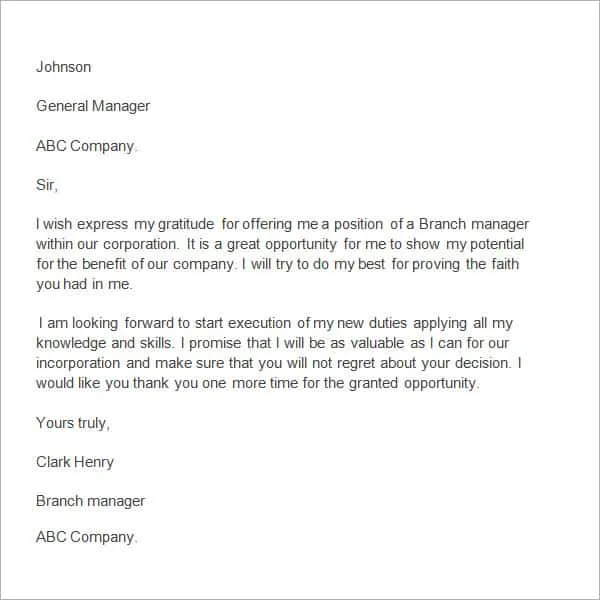
The content of your cover letter should be engaging and persuasive. Start with a strong opening statement that grabs the hiring manager’s attention. Explain why you are interested in the position and what makes you the ideal candidate. Highlight your relevant skills, experiences, and accomplishments in a way that aligns with the job requirements. Use the STAR method (Situation, Task, Action, Result) to describe specific examples of your achievements. Show genuine enthusiasm for the company and the opportunity. Tailor your cover letter to each specific job. Remember to show how you can add value to the company and what you can bring to the table, not just what you are looking for in a job.
Highlighting Your Skills and Experience
Your cover letter should showcase your most relevant skills and experiences. Instead of just listing your job duties, focus on demonstrating your accomplishments. Quantify your achievements whenever possible. For example, instead of saying “Managed social media accounts,” say “Increased social media engagement by 30% in six months.” Use keywords from the job description throughout your cover letter to show that you have the required skills. Tailor your examples to the specific requirements of the job. Make sure to highlight how your skills align with the company’s needs and how you can contribute to their success. This is your chance to create a memorable impact.
Tailoring Your Cover Letter to the Job
Generic cover letters are easily spotted and often get rejected. Tailor your cover letter to each specific job by carefully reviewing the job description. Identify the key skills, experiences, and qualifications the employer is seeking. Then, highlight how your skills and experiences align with those requirements. Provide specific examples of your accomplishments to demonstrate your abilities. Show that you understand the company’s values, mission, and culture. Research the company and the position. Make sure your cover letter reflects your understanding of what the employer is looking for. A tailored cover letter demonstrates that you are serious about the opportunity and have taken the time to research the role.
Proofreading and Editing Your Cover Letter
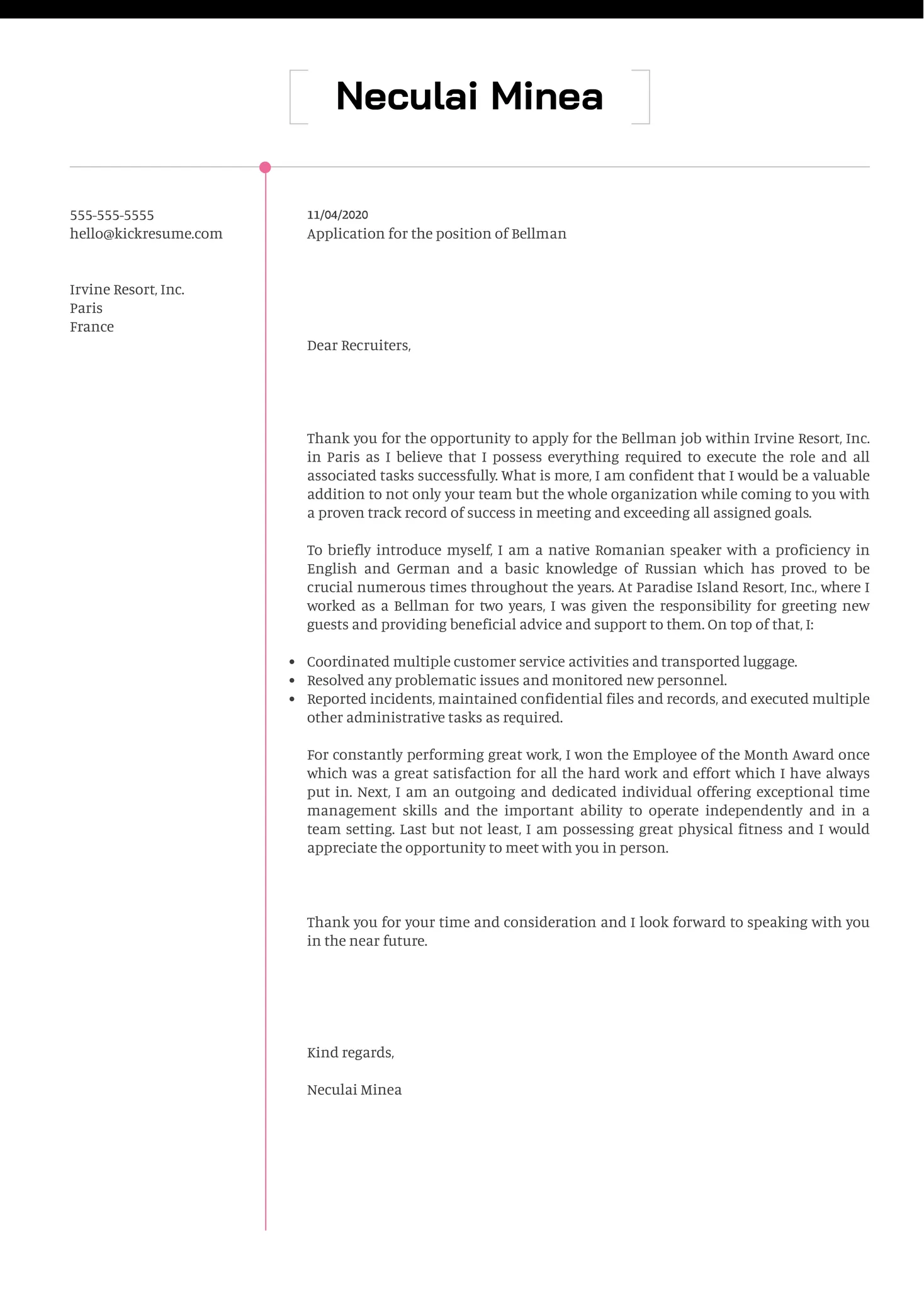
Before sending your cover letter, carefully proofread and edit it. Errors in grammar, spelling, and punctuation can damage your credibility and give the impression of carelessness. Read the cover letter aloud to catch any awkward phrasing or errors. Use spell check and grammar check tools, but also proofread manually. Ask a friend or family member to review your cover letter for you. They can provide a fresh perspective and catch mistakes you might have missed. A well-proofread cover letter demonstrates professionalism and attention to detail. Ensure the final document is error-free.
Cover Letter Mistakes to Avoid
Avoiding common cover letter mistakes is essential for making a positive impression. Some mistakes can lead to immediate rejection of your application. Avoid generic greetings, such as “To Whom It May Concern,” which suggests a lack of effort. Do not simply reiterate your resume; use the cover letter to expand on your experiences and accomplishments. Avoid grammatical errors and typos; proofread your cover letter carefully before submitting. Never use jargon or overly complex language that may confuse the reader. Do not include irrelevant information. Make sure to tailor your cover letter to the specific job and avoid sending the same generic letter to every employer.
Common Formatting Errors
Poor formatting can make your cover letter difficult to read and can negatively impact the hiring manager’s impression of you. Avoid using unprofessional fonts or font sizes that are too small or too large. Do not overcrowd your cover letter; use appropriate margins and spacing. Make sure your formatting is consistent throughout the document. Do not include images or graphics unless specifically requested. Poor formatting suggests a lack of attention to detail, and it can cause your cover letter to appear sloppy or unprofessional. Proper formatting ensures your cover letter looks professional and makes it easy to read. Also, use a standard font like Times New Roman, Arial, or Calibri, with a font size between 10 and 12 points. Ensure the document is properly aligned.
Using Generic Greetings
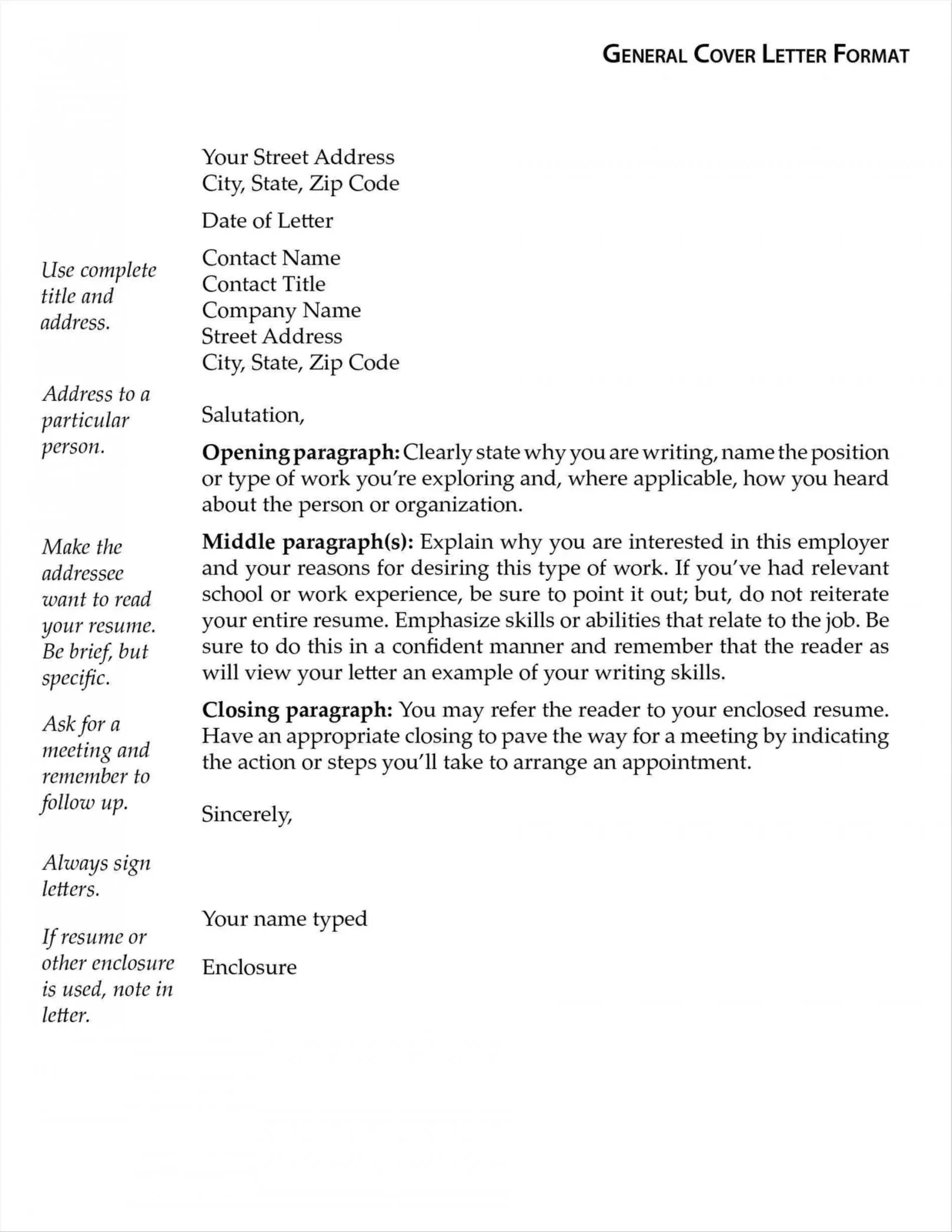
Using generic greetings, such as “To Whom It May Concern” or “Dear Sir/Madam,” indicates that you have not researched the hiring manager’s name. This suggests a lack of effort and a lack of personalization. These greetings are impersonal and make you seem like just another applicant. Take the time to find the hiring manager’s name and use a personalized greeting. Even if you cannot find the hiring manager’s name, try to address the department, such as “Dear Human Resources Department." Demonstrate that you have invested time in tailoring your cover letter to the specific job and the company. A personalized greeting immediately makes a positive impression.
Ending Your Cover Letter Effectively
The closing of your cover letter is an opportunity to reiterate your interest and express your desire for an interview. Use a professional closing, such as “Sincerely,” “Best regards,” or “Thank you.” Restate your enthusiasm for the position and the company. Express your availability for an interview and include a call to action, such as “I look forward to hearing from you soon.” Always thank the hiring manager for their time and consideration. Proofread the closing carefully to ensure that it is grammatically correct and reflects your professionalism. A well-crafted closing leaves a lasting impression and increases your chances of moving forward in the hiring process. Use a strong closing to reinforce your interest in the position and encourage the hiring manager to take the next step.
